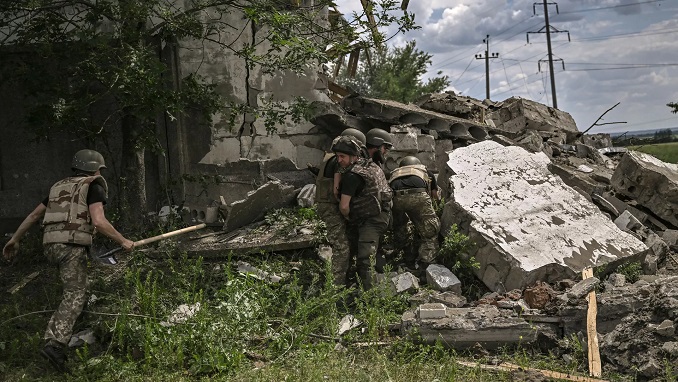After Ukraine and Russia traded accusations over the shelling of Europe’s largest atomic plant at the weekend, the UN watchdog has warned that fighting at the occupied complex risks a nuclear disaster.
The IAEA director general, Rafael Mariano Grossi, said on Saturday that the shelling of the Zaporizhzhia nuclear plant in central Ukraine, which occupies an extensive site on the river Dnipro, makes the risk of a nuclear disaster very real and poses a serious threat to public health and the environment in Ukraine and beyond.
UN Secretary-General António Guterres, on the other hand, has described the recent artillery and rocket fire around the Zaporizhzhia as suicidal and requested that the IAEA is given access to the plant.
Since the Russian forces captured it early in March allowing the Ukrainian technicians to remain at work, the Zaporizhzhia – Europe’s largest nuclear plant – continued operating at reduced capacity but fears about its security have been growing since.
Despite no radioactive leak being detected, concerns reached an inflection point last week when one of the plant’s reactors was forced to stop operating after shelling damaged a high-voltage power line.
Energoatom, Ukraine’s state energy company, informed that one worker was injured by Russian shelling around the plant over the weekend that has also damaged radiation monitoring sensors.
Petro Kotin, the head of Ukraine’s state nuclear power company, called for a team of UN peacekeepers to be deployed at the nuclear complex and create a demilitarized zone on the territory of the station.
Meanwhile, Moscow is blaming Kyiv for the shelling around the plant claiming that Ukrainian Uragan 220 mm rocket missiles landed within 400 meters of one of the plant’s reactors, damaging at the same time the administrative buildings and the adjoining territory of the dry cask storage facility.
